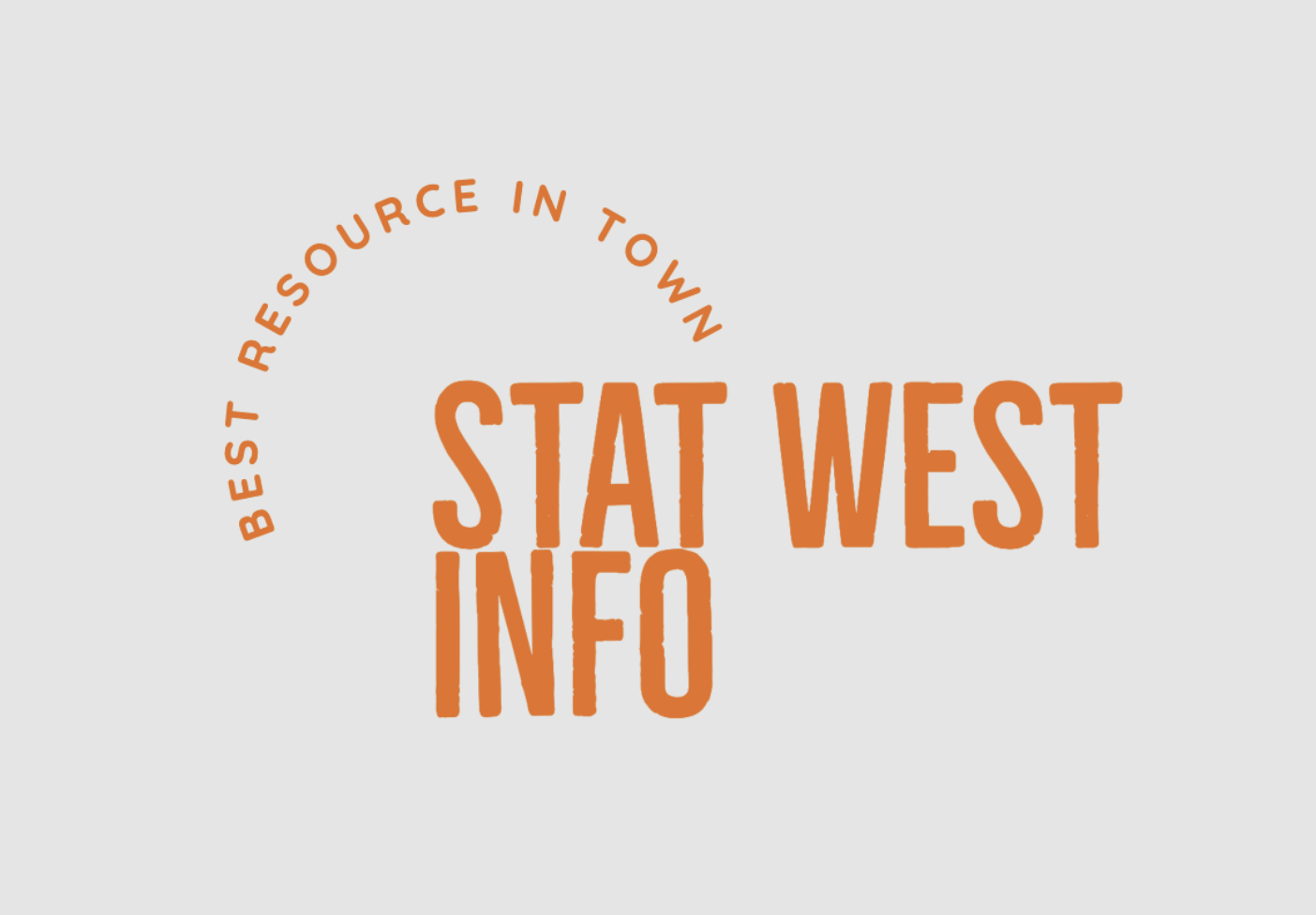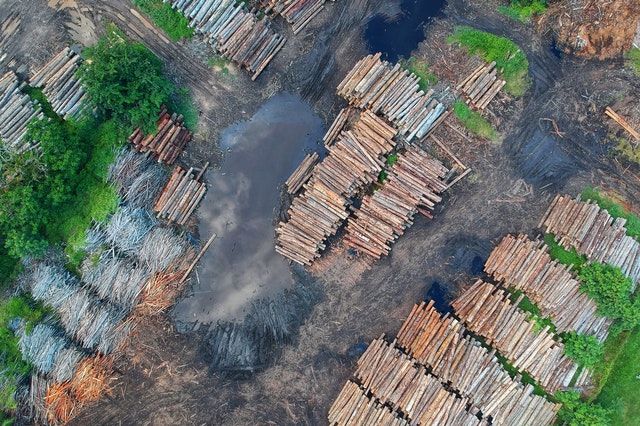About one-third of the land in the United States consists of forests. This natural resource supplies wood for a variety of important uses. Harvested wood goes through several processes before making it to the shelves of suppliers. Because of concerns about deforestation, efforts are made to create environmentally friendly timber products. After being cut down, logs are transported to a sawmill. Here, specific sawing techniques produce lumber with various characteristics and grains. Once sawn, most of the wood is processed into dimensional lumber. Much of this lumber is used to build structures and furniture. The process of grading the lumber establishes quality standards for appearance and strength. Grading separates the boards into FAS, FAS-One-Face, Selects, Number 1 Common and Number 2A Common.
FAS Grades
FAS stands for first and second grade. These are premier lumber and are mostly used for furniture and cabinetry. First grade is determined by the percentage wood that is clear of defects such as knots or splits. This grade is supposed to have a minimum of 91 2/3% of clear wood. Second grade is supposed to have a minimum of 81 2/3% clear wood. FAS-One-Face is lumber that has one face meeting the grading standard.
Select Grade
Select grade is essentially the same as FAS but has different minimum board sizes of four-inch widths and longer than six feet in length.
Common Grades
Number One Common grade consists of the minimum dimensions of three inches wide and four feet in length. This grade of lumber should have at least one face that is 66 2/3% free of flaws like knots or other defects. The Number Two grade lumber contains greater than 50% clear wood. As with the other grades, minimum dimensional standards are also part of the grading process for this lumber. This classification is considered to be economy grade.
The process of harvesting and converting forest resources for use in construction involves several steps. This industry continues to play an important role in the economy. Conservation and management of these resources are aimed at maintaining a steady sustainable supply.




